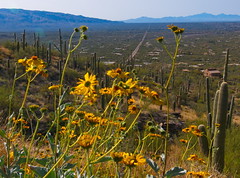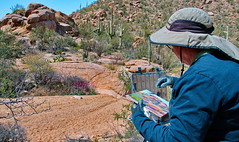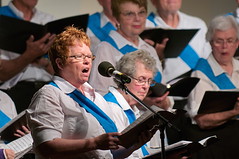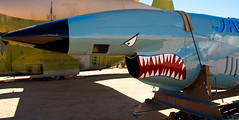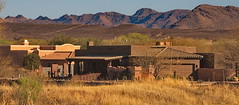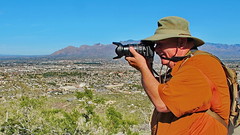Many of you have heard me “rant” about the unsustainable cost of healthcare in the United States, where Wikipedia reports total heath expenditures to be between 15% and 17% of GDP–about half again as much as other developed countries. So it’s probably no surprise that I recommend the article, The Cancer “Breakthroughs” That Cost Too Much and Do Too Little, which ran in the September 3 issue of Newsweek Magazine under the title How Much Would You Pay for Three More Months of Life?
Notably, two new prostate cancer drugs that cost $93,000 and $120,000, respectively, only helped patients live three and a half to four months longer. And a new pancreatic cancer drug that costs around $15,000 increased the median survival rate by only 15 days.
I applaud Newsweek for helping spur a necessary national dialogue about health and life. Dr. Otis Brawley, chief medical and scientific officer of the American Cancer Society, is quoted as saying, “we need to talk about rational use of care.”
In addition to the financial considerations, we all know of people whose quality of live has been marginal-at-best during the extended lifetime their treatments afforded.
So, I encourage us all: please read and discuss this type of information. We all want the wonders of medical science to maximize our lifetimes and our quality of life, and we should continue to fund research and development that can do so. However, we must also ask ourselves, “When is it enough?” Recognizing that at some point the end does come for each one of us, learning how and when to accept the inevitable with grace will ultimately lead to more rational decisions, and far more peaceful transitions out of the life we know.
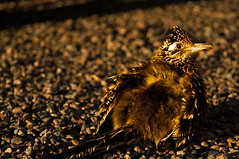
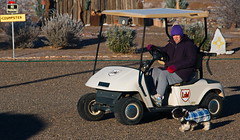 The 11° temperature one recent morning in Deming New Mexico tested everyone’s fortitude as the southwest experienced their toughest cold snap in years. Looking to capture a few shots of hoarfrost on the foliage at sunrise, I was treated to this roadrunner sunning behind our RV, and to a woman walking her dog in a golf cart. Seems the cold was keeping both of them from moving very fast!
The 11° temperature one recent morning in Deming New Mexico tested everyone’s fortitude as the southwest experienced their toughest cold snap in years. Looking to capture a few shots of hoarfrost on the foliage at sunrise, I was treated to this roadrunner sunning behind our RV, and to a woman walking her dog in a golf cart. Seems the cold was keeping both of them from moving very fast!

 Jon Carroll, a San Francisco Chronicle columnist, expresses so well — if a bit cynically — some of my fears about mixing religion and government. Please read his March 1, 2012 column
Jon Carroll, a San Francisco Chronicle columnist, expresses so well — if a bit cynically — some of my fears about mixing religion and government. Please read his March 1, 2012 column 